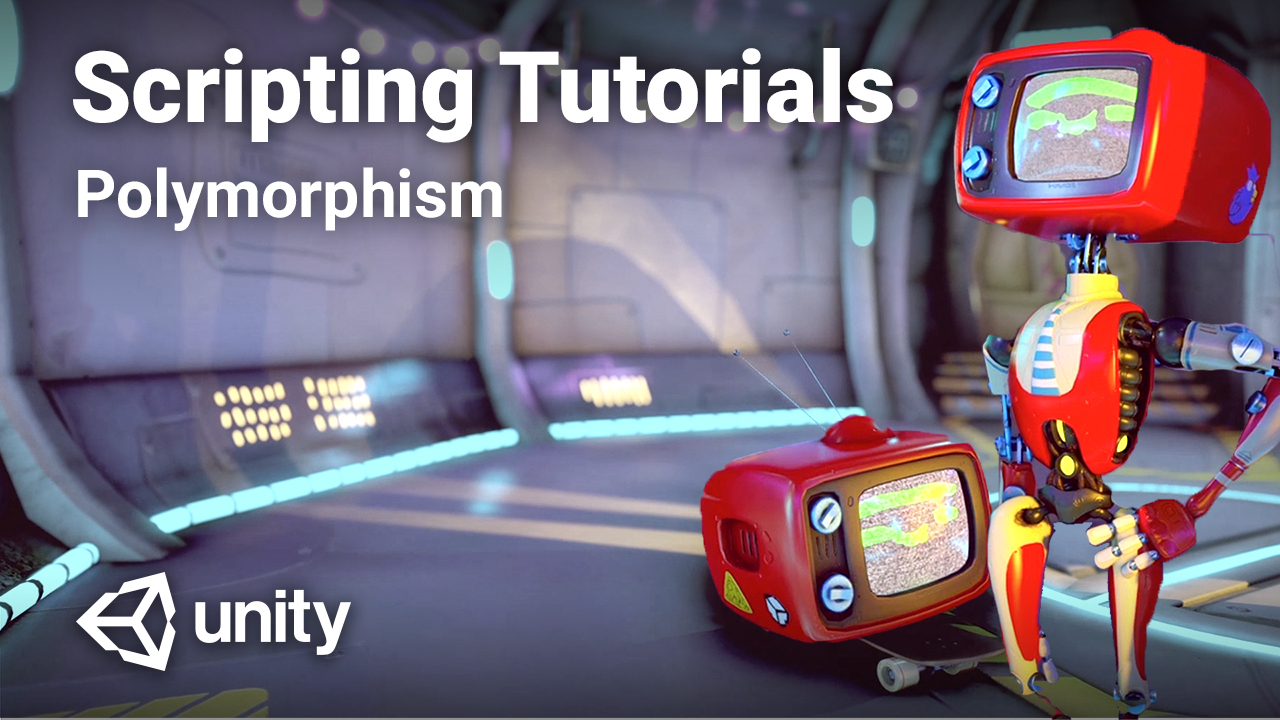Polymorphism and casting
Tutorial
·
intermediate
·
+10XP
·
15 mins
·
(1543)
Unity Technologies

How to use Polymorphism, Upcasting, and Downcasting to create powerful and dynamic functionality between inherited classes.
1. Polymorphism
Fruit Class
using UnityEngine;
using System.Collections;
public class Fruit
{
public Fruit()
{
Debug.Log("1st Fruit Constructor Called");
}
public void Chop()
{
Debug.Log("The fruit has been chopped.");
}
public void SayHello()
{
Debug.Log("Hello, I am a fruit.");
}
}Apple Class
using UnityEngine;
using System.Collections;
public class Apple : Fruit
{
public Apple()
{
Debug.Log("1st Apple Constructor Called");
}
//Apple has its own version of Chop() and SayHello().
//When running the scripts, notice when Fruit's version
//of these methods are called and when Apple's version
//of these methods are called.
//In this example, the "new" keyword is used to supress
//warnings from Unity while not overriding the methods
//in the Apple class.
public new void Chop()
{
Debug.Log("The apple has been chopped.");
}
public new void SayHello()
{
Debug.Log("Hello, I am an apple.");
}
}FruitSalad Class
using UnityEngine;
using System.Collections;
public class FruitSalad : MonoBehaviour
{
void Start ()
{
//Notice here how the variable "myFruit" is of type
//Fruit but is being assigned a reference to an Apple. This
//works because of Polymorphism. Since an Apple is a Fruit,
//this works just fine. While the Apple reference is stored
//in a Fruit variable, it can only be used like a Fruit
Fruit myFruit = new Apple();
myFruit.SayHello();
myFruit.Chop();
//This is called downcasting. The variable "myFruit" which is
//of type Fruit, actually contains a reference to an Apple. Therefore,
//it can safely be turned back into an Apple variable. This allows
//it to be used like an Apple, where before it could only be used
//like a Fruit.
Apple myApple = (Apple)myFruit;
myApple.SayHello();
myApple.Chop();
}
}